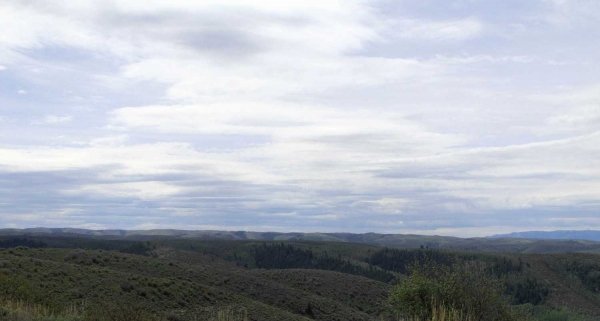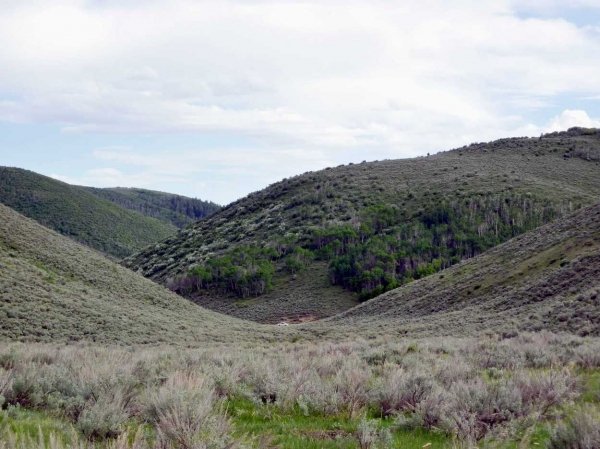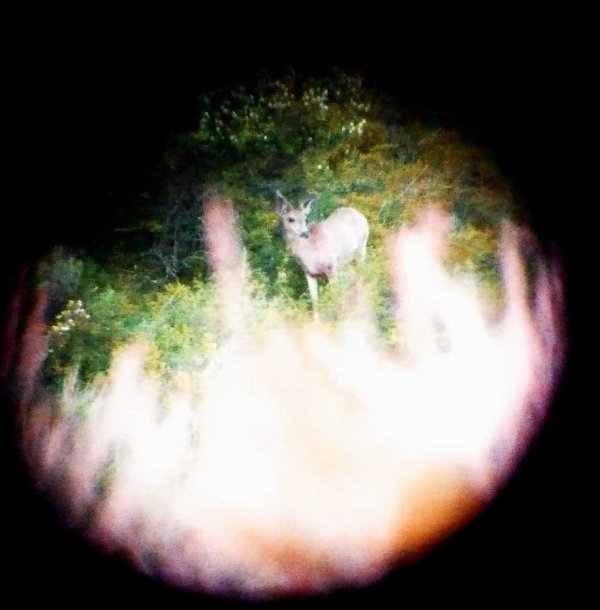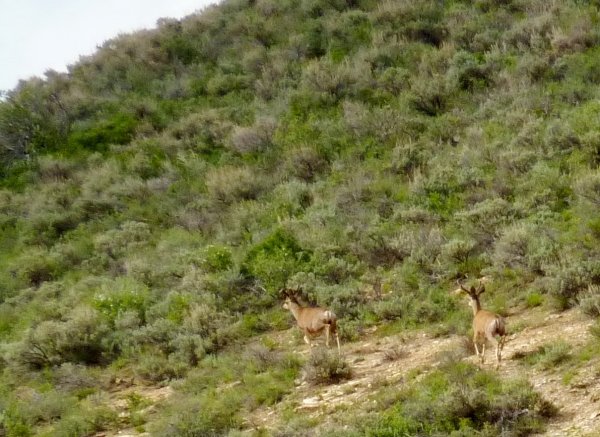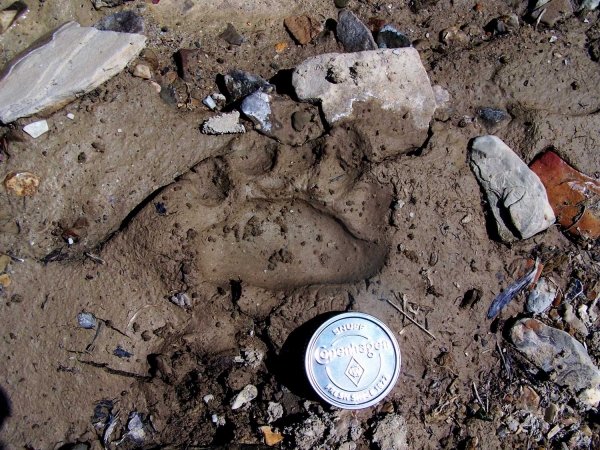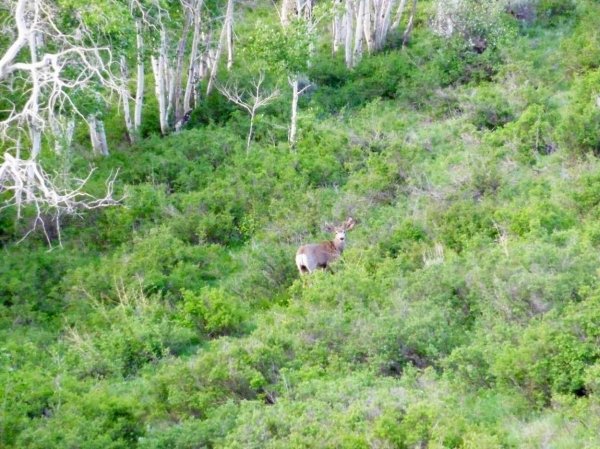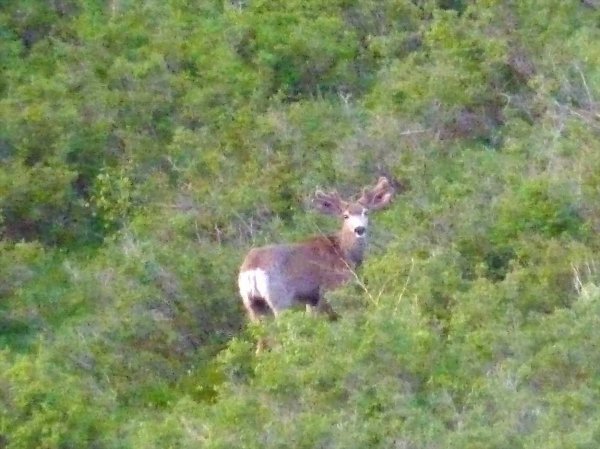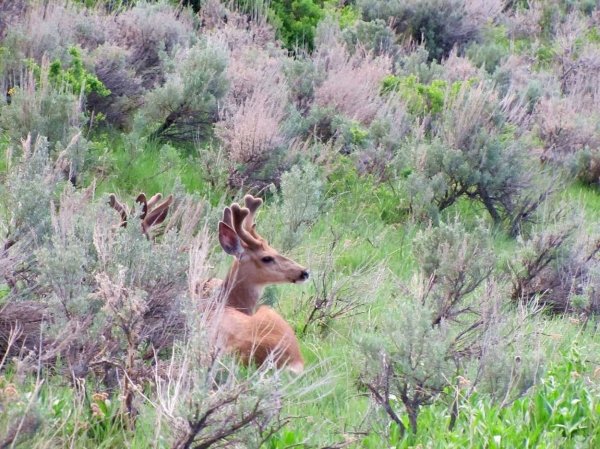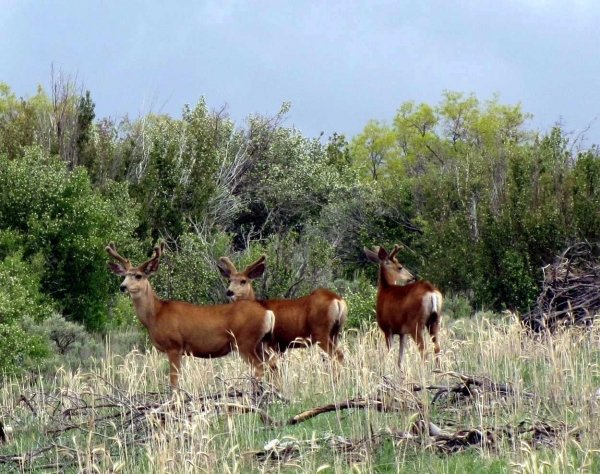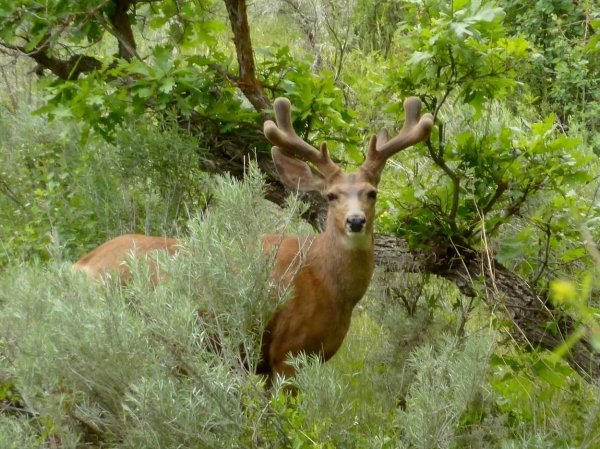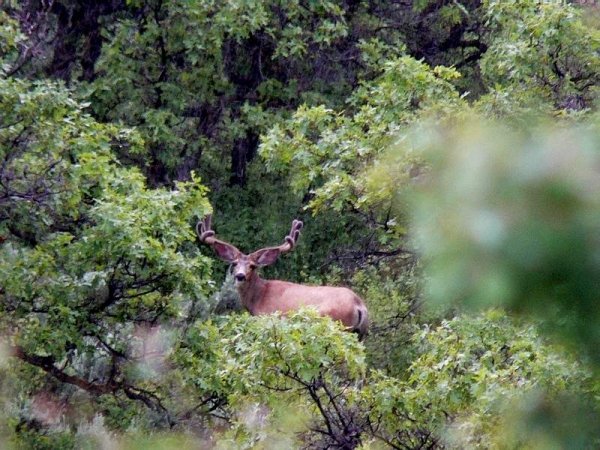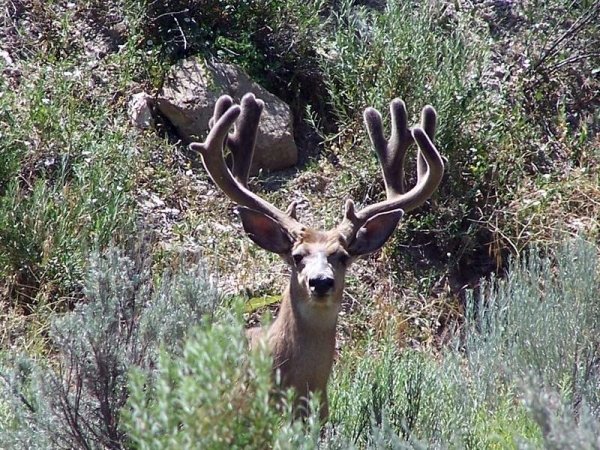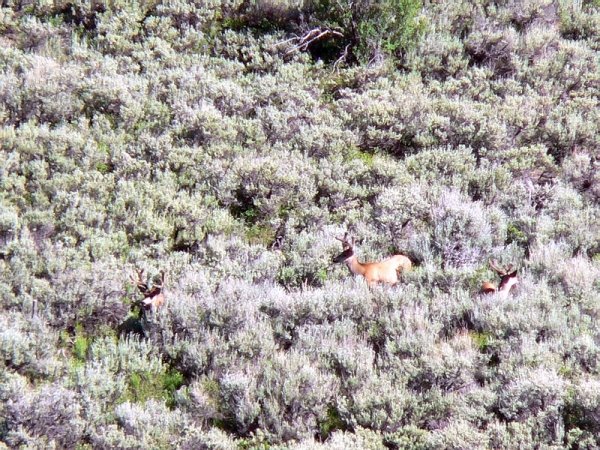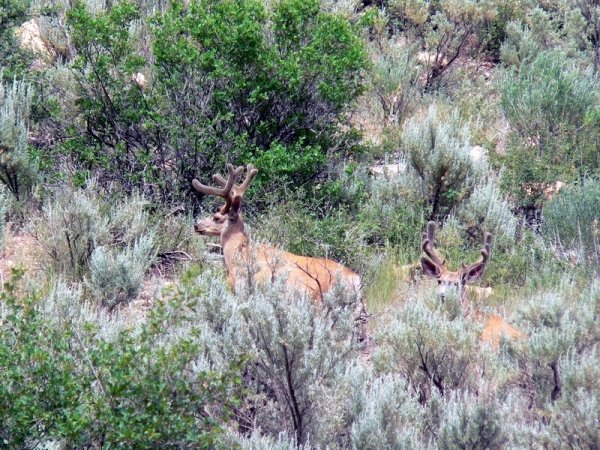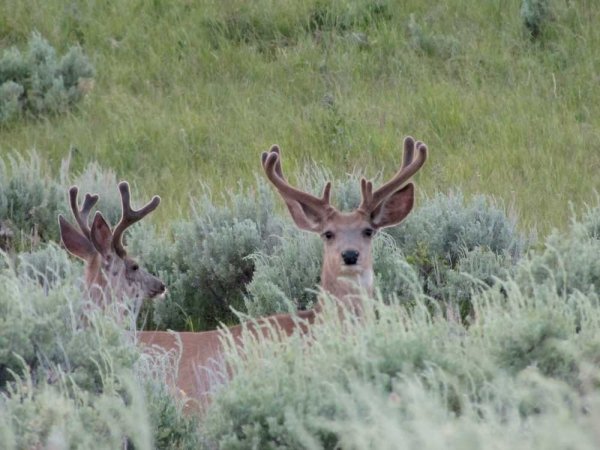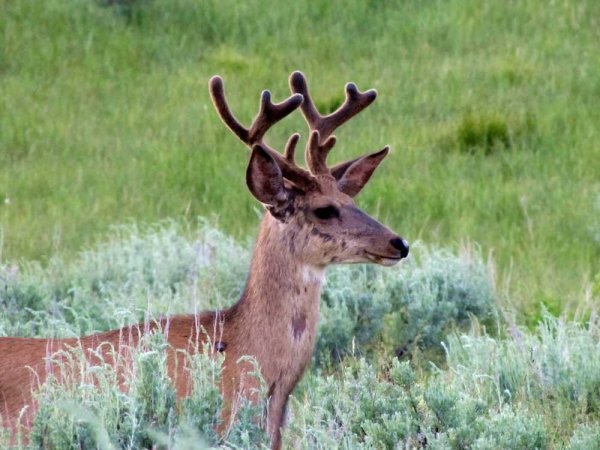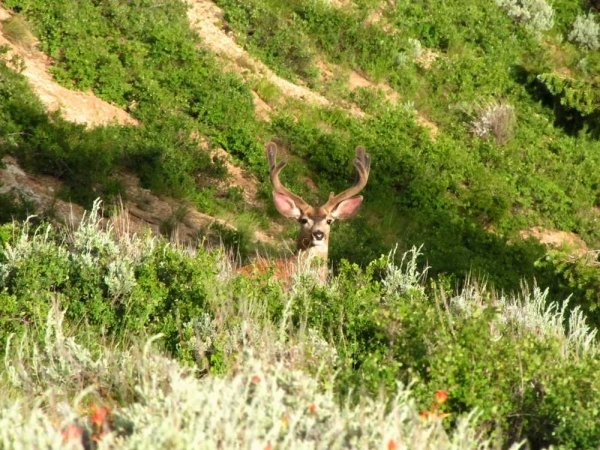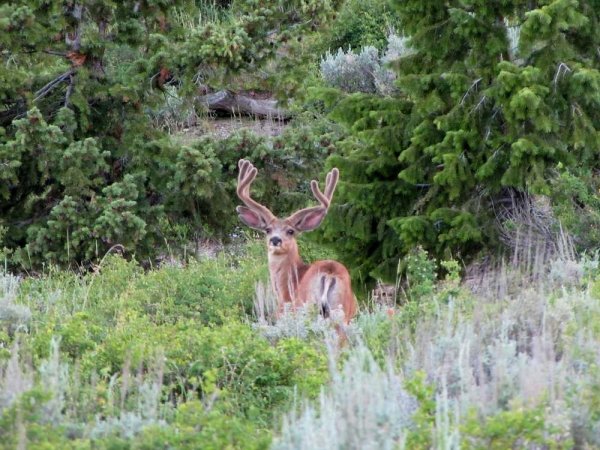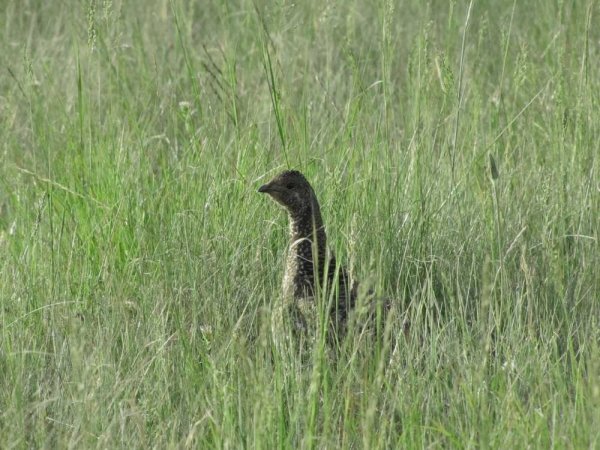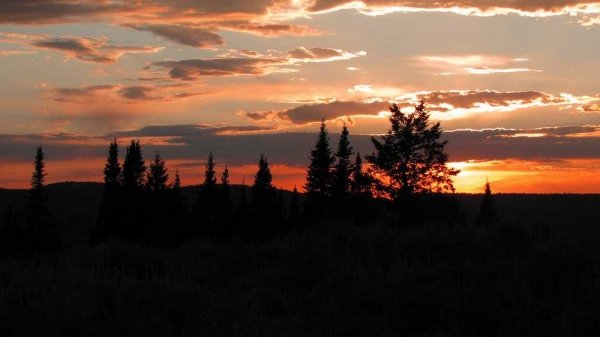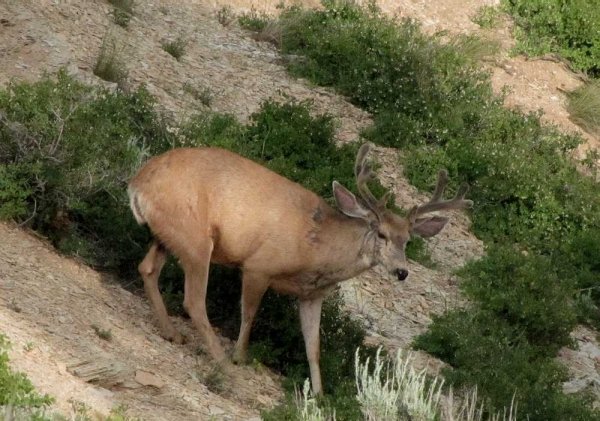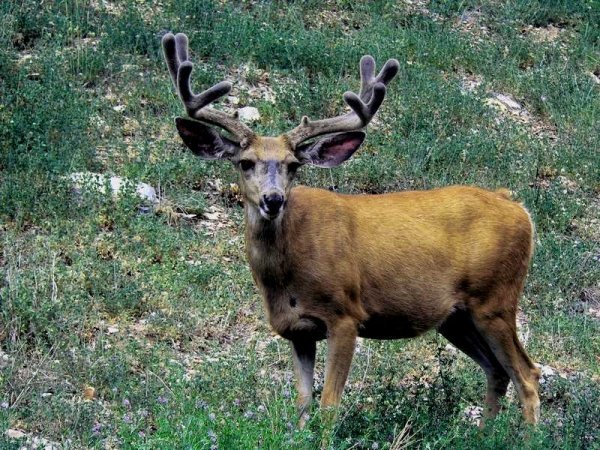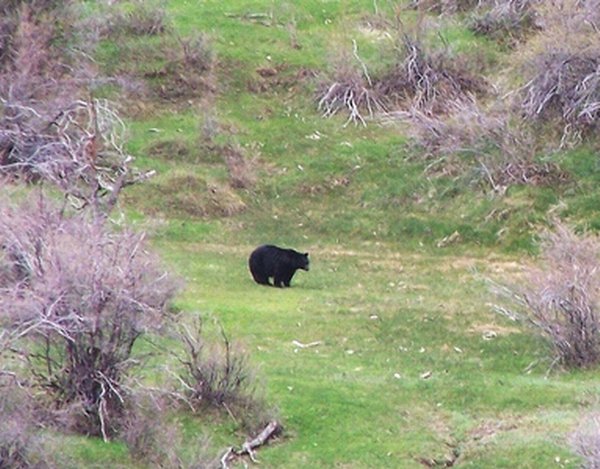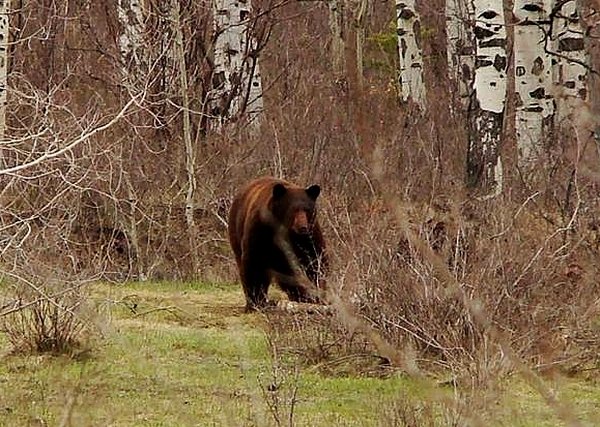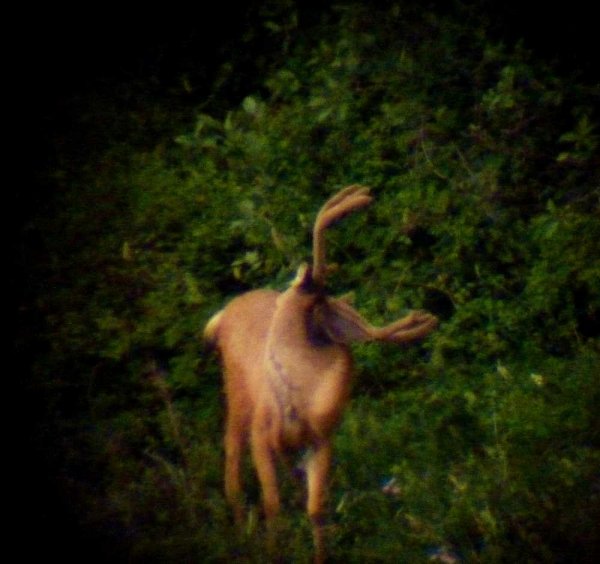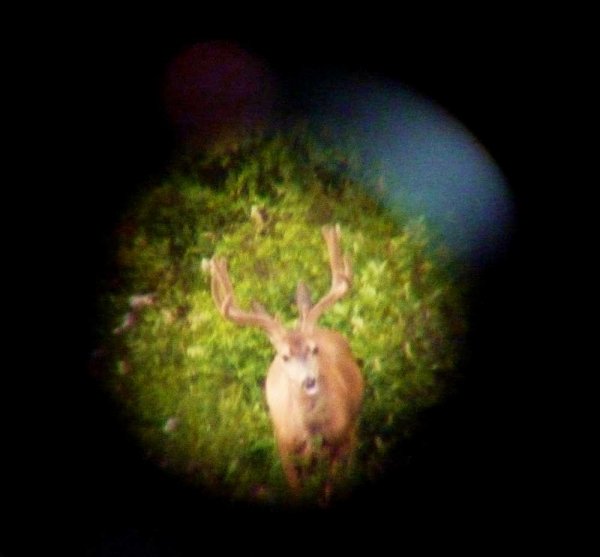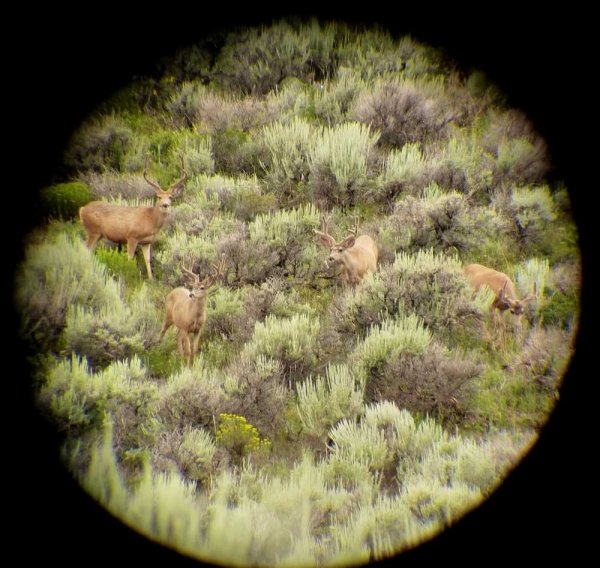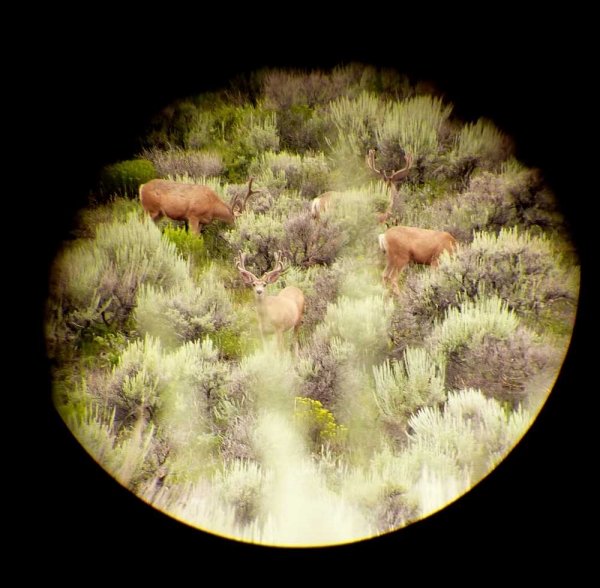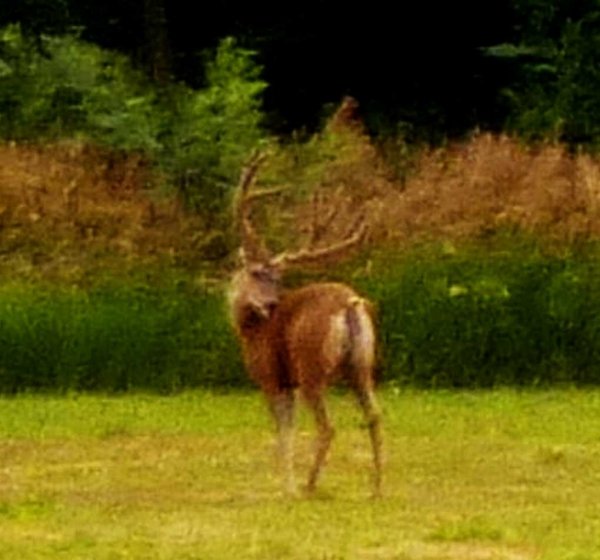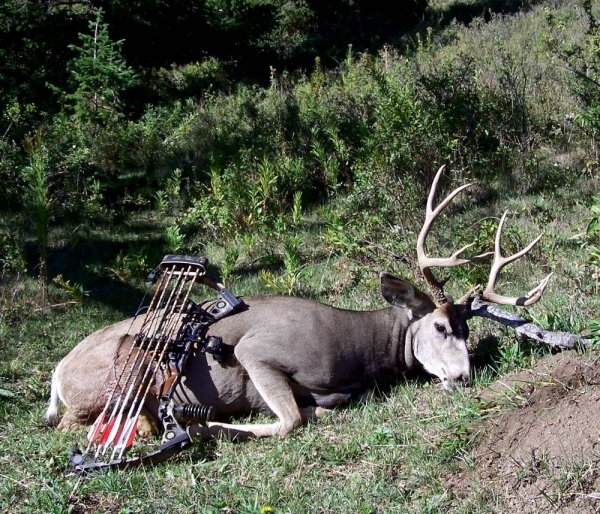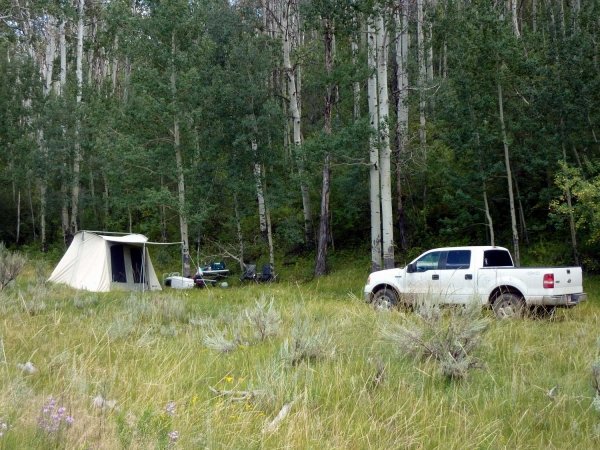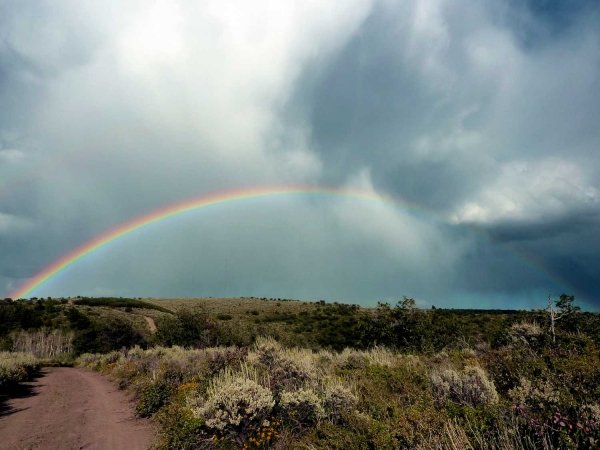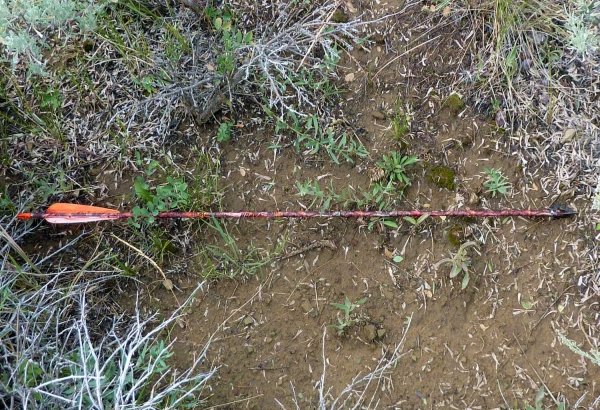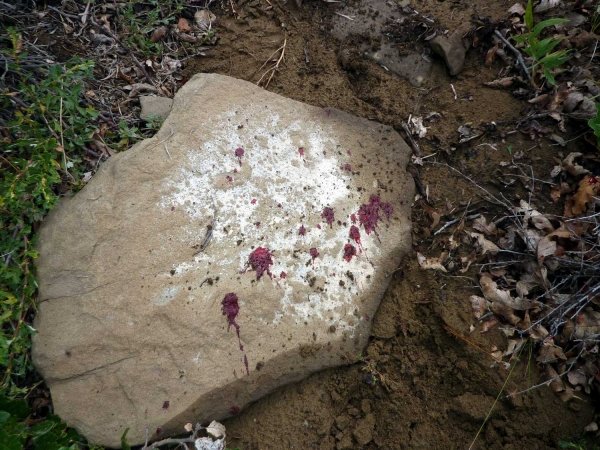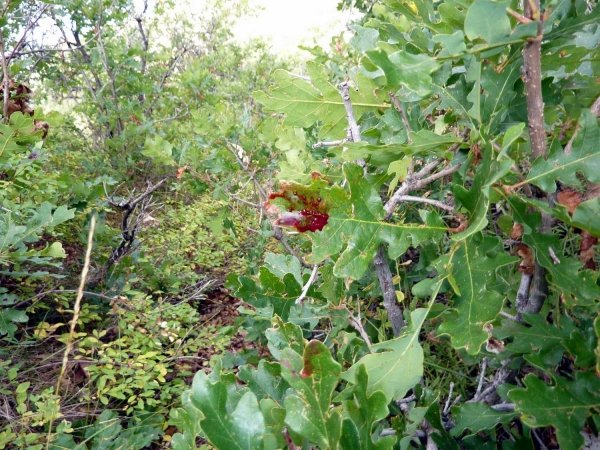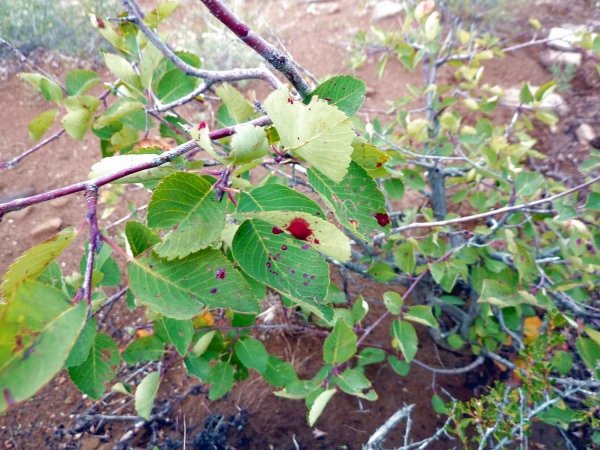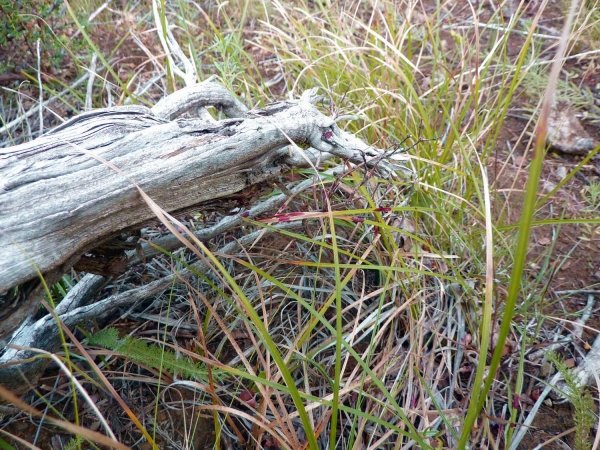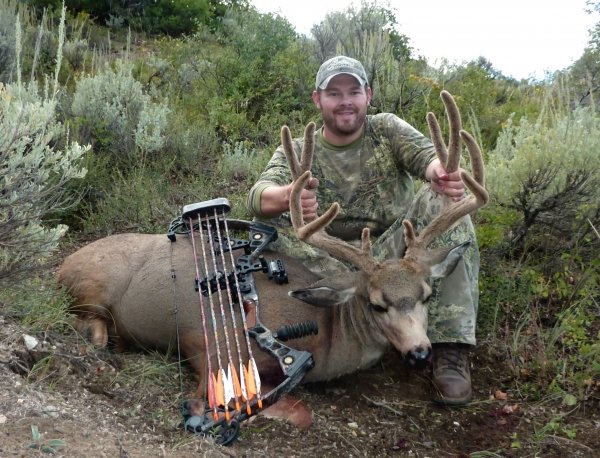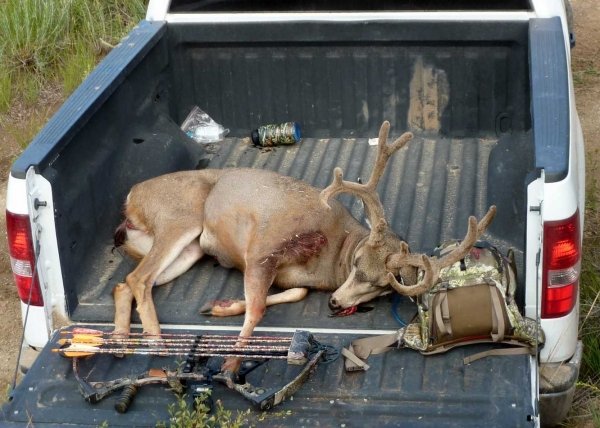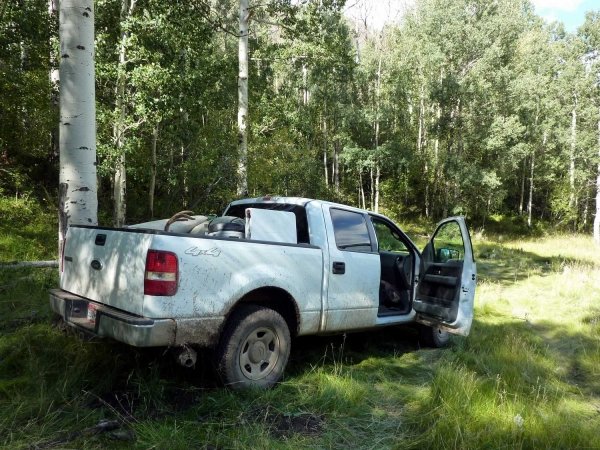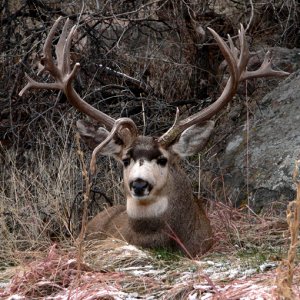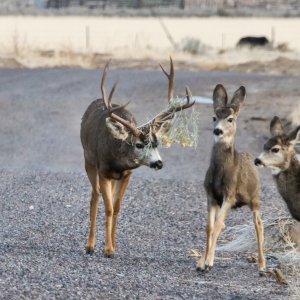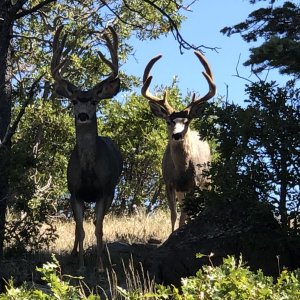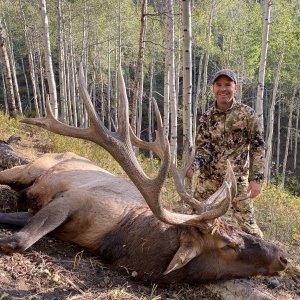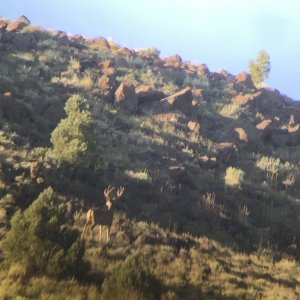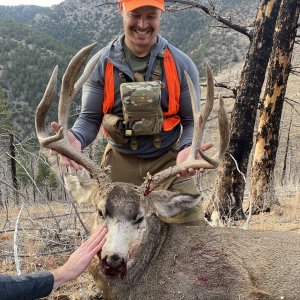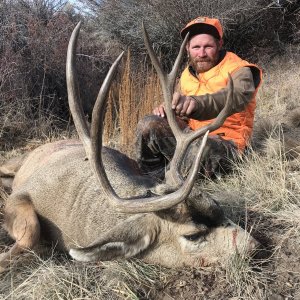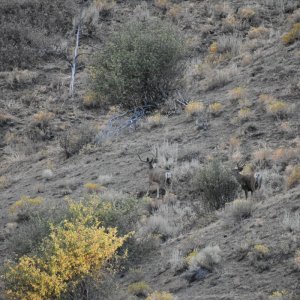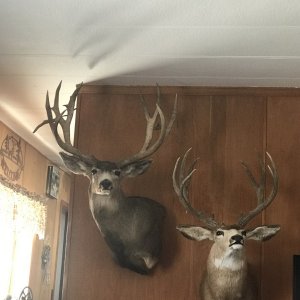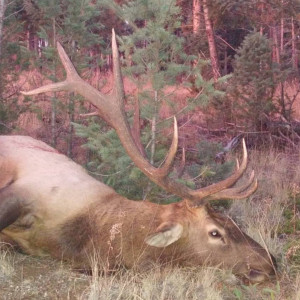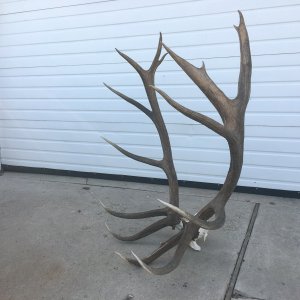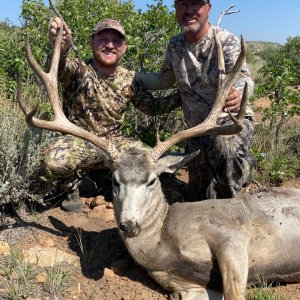We're entering the home stretch with less than 2 weeks to go. Money has been disappearing from my pockets faster than it's coming in as I get the things I finally decided I can't do without.
I sprung for an Eberlestock Blue Widow with a "Bow Bucket" a couple of weeks ago and since then I've added the Super Spike duffel and the zip-in panel. I'm excited to use it. At first I wasn't going to buy it, but then I found out the great guys at Red Rock Archery in Grand Junction had them in stock, and I like to support local businesses that treat their customers right.
Today I started packing. I have to re-think where things go because the pocket configuration is so much different. With everything for 6 days, minus water, I'm under 50 pounds of gear. My plan is to do 3 at a time, and I may leave the spotting scope and tripod in the truck.
My bow has been tuned and I've shot every broadhead/arrow combination half a dozen times out to 60 yards. If one combo doesn't consistently hit within a 6" circle at 60 it doesn't make the cut and I swap in a new broadhead. I got the last of my 5 hunting arrows shooting right earlier today.
I'm shooting high quality heads and arrows, and the bow is tuned, but it still took shooting 9 broadheads and 7 arrows to make 5 serviceable hunting arrows that group with my field points. It was amazing how consistent the other 4 were off though. There was 1 that shot high, one that shot low right, and 2 that shot low--every single time! In fact, they'd hit so close that the holes from the blades were overlapping from the last shot! But they weren't with my field points and they weren't with each other...
Every one of the original 5 arrows spun true, and yet only two made the first cut. The third arrow that made the cut actually doesn't spin perfectly, but it shoots. The next two took some serious trial and error. I started going one by one shooting each broadhead on each arrow at 20 yards. If it hit the 2" bullseye, I took it to 40. If it was close at 40 I moved to 60. At 60 I shot them several times, and at that distance any inconsistency really shows.
The only reason I am bringing all that up is because I think a lot of people have the preconceived notion that a perfectly tuned bow will put every broadhead with every field point and I just don't believe that to be true. If it was, I should have had 5 perfect arrows right off the bat. Now I have 5 perfect arrows, but it took a few hours and a few dozen shots to get there. Shooting grapefruit sized groups with broadheads inside a 6" bullseye at 60 yards is pretty satisfying. I hope to get a much closer shot on my deer.
The downside is that I have 5 broadheads to re-sharpen. It'll give me something to do while I watch a mule deer hunting DVD.
This is going to be my last post before the hunt. I hope I've been able to put a fresh perspective on applying, drawing, and scouting for hunts, as well as a few ideas for getting off the road a little bit. The main points I've wanted to convey are these:
***Although it can take some effort just to get tags sometimes, there is no reason you can't have a "quality" hunt every year.
***Hunting should be fun--the only person who can define "fun" for you is you.
***It doesn't have to be hunting season to enjoy the hunt! Half the fun for me is scouting and prepping my gear. By the time the actual season rolls around I've done most of my "hunting" and it's a matter of creating shot opportunities on the animals I know are there. Knowing my gear is ready inspires confidence. The only missing ingredient is a little luck!
Here is my Colorado buck from 2008 the story of how it came about. The only benchmark I'm setting for this year is to beat or match this one, and if not to at least make as good a memory.
*******
The 60 yard pin circled tighter above the buck's elbow and my index finger began to tense around the knurled trigger on the release. It was a shot I had made a hundred times in my mind, and pictured at least a hundred more during practice sessions over the summer. This time I let down my draw. The buck was looking right at me and would surely bolt at the sound of the shot. I wanted to cuss out loud. I wanted even more to throw something at the deep forked 160" buck and his 8 buddies as they stotted away through the serviceberry and sage. Stalking mulies in this open country was killing me.
Time was running out, and I felt especially pressured because I only had the weekends to hunt, plus I still had an elk tag to try to fill. The third Saturday was now in the books.
Three weeks of the 2008 archery season had made the bucks skittish and had them moving at odd times. With a road on every ridge and in every drainage, it had been hard to break away from the crowds, but I had found a small basin that for some reason most of the other hunters were passing by. Since the opener the weather had made a full 360; from scorching hot to a freezing, drenching rain, and at 8 o'clock Sunday morning it was approaching 70 degrees. Less than ideal, but not unexpected for archery season.
The bucks were back--for the most part anyway. The buck I had drawn on the day before was either missing or was hanging back in the brush. From my position it was clear that they would make the same loop as yesterday, but today I had the advantage, because I knew where they would cross the steep two-track through the waist high sagebrush.
My good friend Cullen and his dad Phil had given up a morning of hunting elk to help me put a tag on a deer, and it was nice to have their feedback confirming the validity of my planned ambush on the ride along the ridge to where I'd drop off the two-track road that I hoped would provide a shooting lane. The old road also provided a quick, silent way to cover the ground between the main road on the ridge and the bottleneck where the deer would cross.
Before I could even get into position I spotted the first buck break into the sagebrush. I dropped to a knee, but I knew I had to get closer if I was going to get a shot when the big one came out. Crab walking down the hill, I tried to keep just the antlers of the little forkhorn visible over the top of the brush.
He hadn't busted me yet-- "How far is he?"
I ranged him at 46 yards. Three more small bucks had left the shelter of the serviceberry. Then a 4th and a 5th. Then a 6th. I recognized a couple of the bucks from the day before, but where was the bigger one? The 7th buck was a decent, freshly rubbed 4 point. I just knew the big one would be next. The 8th buck was a young three point.
"Where is he??" The big one had to be there.
I was confident that I had been the last person to see those deer the day before, and I hadn't seen anyone around this morning. He just had to be there, so I waited...
Thank God for predictable winds because I sat within 50 yards of the bachelor herd for nearly 10 minutes. I knew Cullen was sitting in the sage above me--maybe he could see him. I searched for my buddy with the binos, trying to get any indication that another buck was there. I couldn't see Cullen either. It was all on me.
Wait or settle? Four of the bucks had crossed the two-track into the serviceberry where I'd never be able to get close again. Two more were in the two-track and about to disappear. The hard horned 4 and a small 2x3 were still in the sage. 58 yards to the crab-clawed 4x4.
CRAP! One of the bucks in the road spotted me! I was pinned down and afraid to breath, afraid that the motion would set him off and blow any chance I may have had. I was already thinking about what to throw when they did blow out of there.
Finally he pinned his ears back and trotted into the tangled brush. I drew my bow and raised up to one knee. The 4 point was watching his stiff legged buddy, wondering what was up--still having no idea that I was there. Just as he turned his head back to the snowberry he was nibbling on, my release broke over and the arrow was on its way. Just as it dipped behind the tops of the sagebrush i heard the sound of a fastball hitting a watermelon. The buck made a panicked dash into the brush, blood dripping down his side.
Cullen had heard the shot and popped up out of the sage. I gave him the thumbs up and I could tell by his expression he was as excited as me. He waved to Phil to bring down the jeep.
My arrow was laying right where the deer had stood, covered in bright red blood, end-to-end. The trail started easy, then slowly faded. The shot had been a little "higher and backer" than I wanted, but he was downhill and quartering away, so figured it would work out alright.
I had a feeling the shot had been high enough that the chest cavity had filled, but stopped hitting the ground. We had covered about 80 yards when it stopped completely. Tracks were everywhere--the deer had been thick here all summer and there was no way to tell which was my deer. I stopped to look at the situation and think.
"Was the hit good? I think so.
Is this deer dead? Yes--there's to much blood to think otherwise.
Where would I go if I were him?"
I looked down the draw and my eyes instantly caught a cattle trail paralleling the bottom and disappearing into a patch of pines and aspen.
"Here he is right here, Nick!" Cullen had found him.
"Where is he? I can't see you."
"Right in the aspens in the draw lying next to that pine tree!"
The buck had died about 10 feet from where I could see, right on the cattle trail. We drug him out into the open and took some field pics. He wasn't the buck I was after, but he was my best deer, and I had been able to share most of it with some good friends. Nothing wrong with that!

